Plantagenet Kings AD 1154-1399
Medieval Plantagenet Kings coins for sale.
The Plantagenet family held the English throne from AD 1154, with the accession of Henry II, until AD 1485, when Richard III died at the Battle of Bosworth.
Throughout the dynasty, the penny continued to form the basis of the currency. Henry II introduced the Tealby penny as a new standard to restore public confidence in the currency following civil war, with nearly thirty mints involved. The mint and the moneyer were shown on the reverse of the coin.
In 1180, the Tealby coinage was replaced by the short cross coinage, which again underwent a re-coinage in 1205 under king John, but remained until 1247 in the reign of Henry III, all coins carrying the name ‘Henricus’ on the obverse. A mint at Rhuddlan castle in Wales also struck short cross coinage under Henry II and III, John and Richard I.
Henry III Introduced the long cross coinage in 1247 to try and prevent the practice of clipping, the removal of silver from the edge of the coin. 20 mints were involved with varied activity during the period. Pennies continued to be struck in the name of Henry during the first seven years of Edward I’s reign, and in 1279 a re-coinage took place. Pennies, halfpence and fathings were issued and for the first time the groat (four pence) was issued until 1282, these early examples being scarce and desirable. Pennies and small change continued to be issued under Edward II.
In 1344, during the reign of Edward III , a gold florin (or leopard) coinage was introduced, based on the french currency system, but replaced later that year by the heavier gold noble and its fractions. The silver groat was re-introduced in 1351. Following the treaty with France, a mint was also operational in Calais from1363, which closed under Henry IV, re-opening late during Henry V’s kingship.
The weight standard for gold and silver remained the same during the reign of Richard II.
Showing 1–40 of 136 results
-
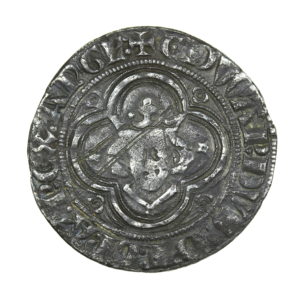
Edward I 1272-1307 Silver Groat London Mint Rare
£3,950.00Code: GM799
View Item -
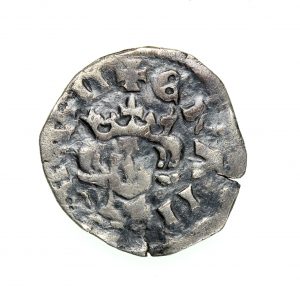
Edward I 1272-1307AD Silver Farthing London mint
£89.00Code: FM966
View Item -
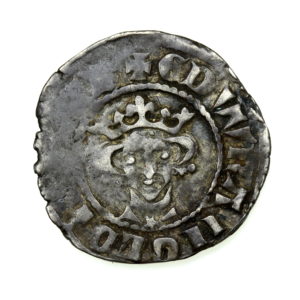
Edward I AD 1272-1307 Silver Long Cross Penny Ex J. P. Mass Collection Bristol mint
£95.00Code: GM685
View Item -
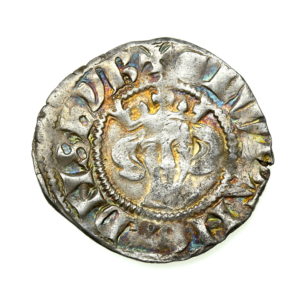
Edward I AD 1272-1307 Silver Long Cross Penny Ex J. P. Mass Collection Bristol mint
£125.00Code: GM686
View Item -
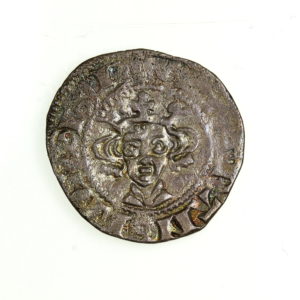
Edward I AD 1272-1307 Silver Penny Berwick on Tweed
£150.00Code: CM521C
View Item -
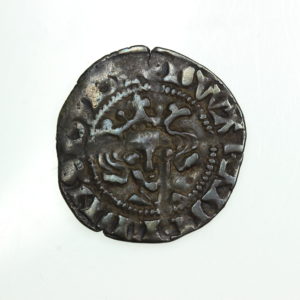
Edward I AD 1272-1307 Silver Penny Berwick on Tweed
£150.00Code: CM523C
View Item -

EDWARD I AD 1272-1307 Silver Penny Long Cross Berwick on Tweed mint
£75.00Code: GM981
View Item -
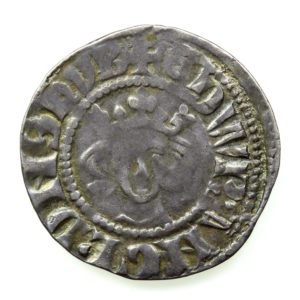
EDWARD I AD 1272-1307 Silver Penny Long Cross Bristol mint
£85.00Code: GM967
View Item -

EDWARD I AD 1272-1307 Silver Penny Long Cross Bury St Edmunds mint Colchester Hoard
£125.00Code: GM964
View Item -

EDWARD I AD 1272-1307 Silver Penny Long Cross Lincoln mint
£75.00Code: GM972
View Item -

EDWARD I AD 1272-1307 Silver Penny Long Cross London mint
£95.00Code: GM973
View Item -

EDWARD I AD 1272-1307 Silver Penny Long Cross London mint
£55.00Code: GM976
View Item -

EDWARD I AD 1272-1307 Silver Penny Long Cross London mint
£75.00Code: GM977
View Item -

EDWARD I AD 1272-1307 Silver Penny Long Cross London mint Middleridge Hoard
£125.00Code: GM974
View Item -
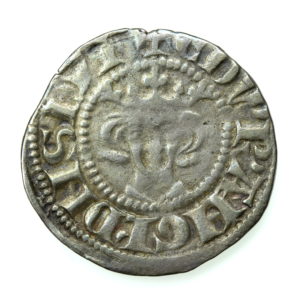
Edward I AD 1272-1307 Silver Penny, Bristol
£95.00Code: GM504
View Item -
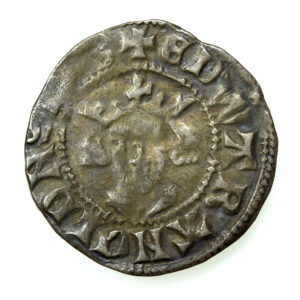
Edward I AD 1272-1307 Silver Penny, Canterbury
£85.00Code: GM509
View Item -
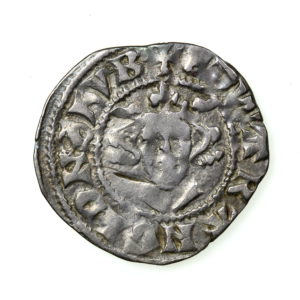
Edward I AD 1272-1307 Silver Penny, London
£69.00Code: GM158
View Item -
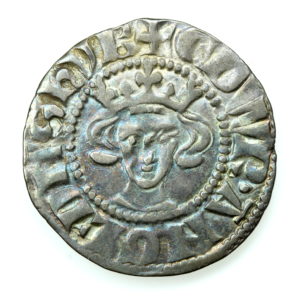
Edward I AD 1272-1307 Silver Penny, London mint
£175.00Code: GM520
View Item -
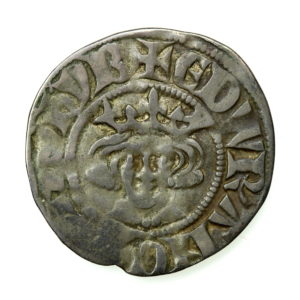
Edward I AD 1272-1307 Silver Penny, London mint
£85.00Code: GM521
View Item -
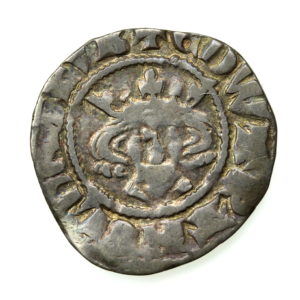
Edward I AD 1272-1307 Silver Penny, London mint
£75.00Code: GM522
View Item -
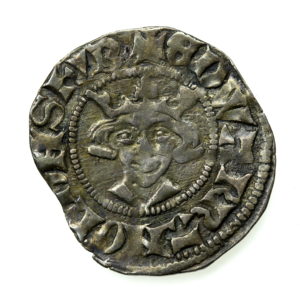
Edward I AD 1272-1307 Silver Penny, London mint
£85.00Code: GM526
View Item -
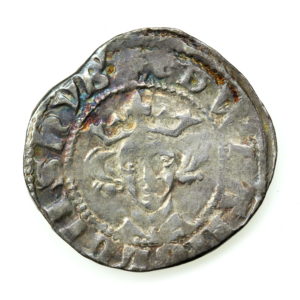
Edward I AD 1272-1307 Silver Penny, Newcastle mint
£125.00Code: GM527
View Item -
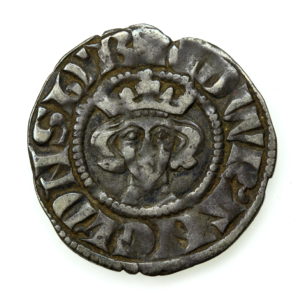
Edward I AD 1272-1307 Silver Penny, Newcastle mint
£95.00Code: GM528
View Item -

EDWARD II AD 1307-1327 Silver Penny Long Cross Durham mint
£110.00Code: GM983
View Item -

EDWARD III AD 1327-1377 Silver Groat London mint 4th coinage Pre Treaty issue
£165.00Code: GM988
View Item -
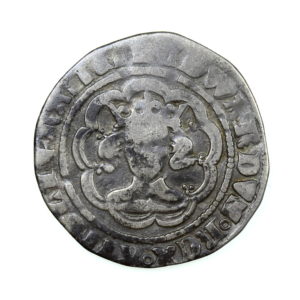
EDWARD III AD 1327-1377 Silver Halfgroat York mint 4th coinage Pre Treaty issue
£150.00Code: GM989
View Item -
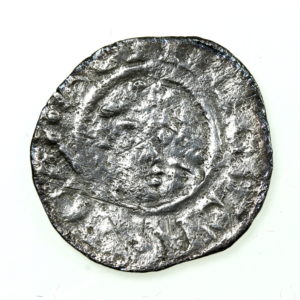
Henry II AD 1154-1189 Silver Penny Short Cross type 1c London
£75.00Code: GM747
View Item -
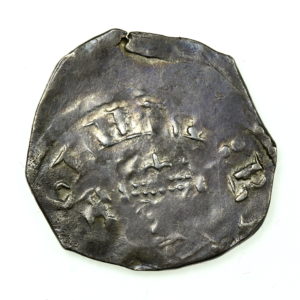
Henry II AD 1154-1189 Silver Penny Tealby Class C Canterbury
£195.00Code: GM741
View Item -
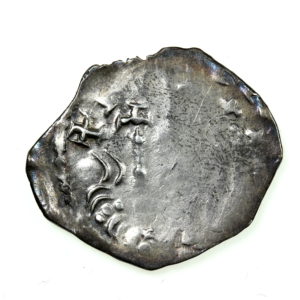
Henry II AD 1154-1189 Silver Penny Tealby Class D Canterbury
£95.00Code: GM742
View Item -
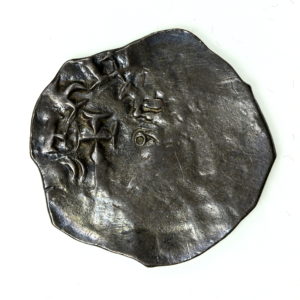
Henry II AD 1154-1189 Silver Penny Tealby Class F Canterbury
£95.00Code: GM744
View Item -
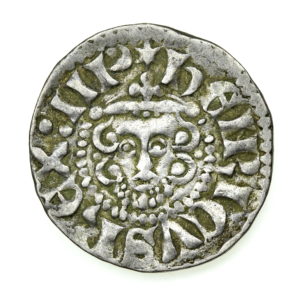
Henry III AD 1216-1272 Silver Long Cross Penny Ex J. P. Mass Collection Bury St Edmunds mint
£165.00Code: GM682
View Item -

HENRY III AD 1216-1272 Silver Penny Class 2b London mint ex Brussels hoard
£195.00Code: GM912
View Item -

HENRY III AD 1216-1272 Silver Penny Class 2b London mint ex Brussels hoard
£195.00Code: GM911
View Item -

HENRY III AD 1216-1272 Silver Penny Class 2b London mint ex Brussels hoard
£250.00Code: GM913
View Item -

HENRY III AD 1216-1272 Silver Penny Class 3b London mint ex Brussels hoard
£165.00Code: GM915
View Item -
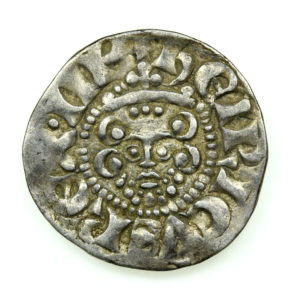
HENRY III AD 1216-1272 Silver Penny Class 3b London mint ex Brussels hoard
£165.00Code: GM916
View Item -
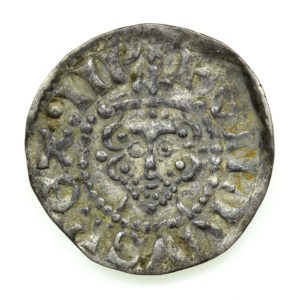
HENRY III AD 1216-1272 Silver Penny Class 3c London mint ex Brussels hoard
£165.00Code: GM917
View Item -

HENRY III AD 1216-1272 Silver Penny Class 3c London mint ex Brussels hoard
£165.00Code: GM918
View Item -

HENRY III AD 1216-1272 Silver Penny Class 3c London mint ex Brussels hoard
£165.00Code: GM919
View Item -
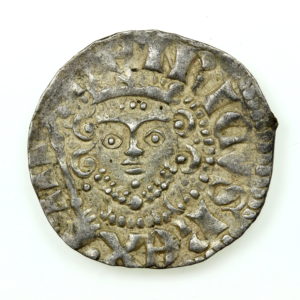
HENRY III AD 1216-1272 Silver Penny Class 5a2 Canterbury mint ex Brussels hoard
£165.00Code: GM938
View Item






